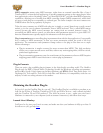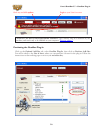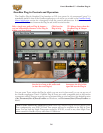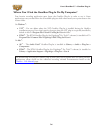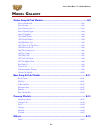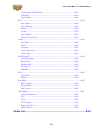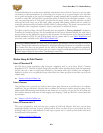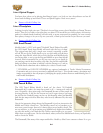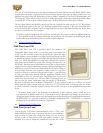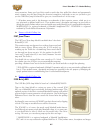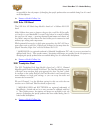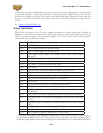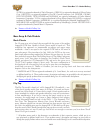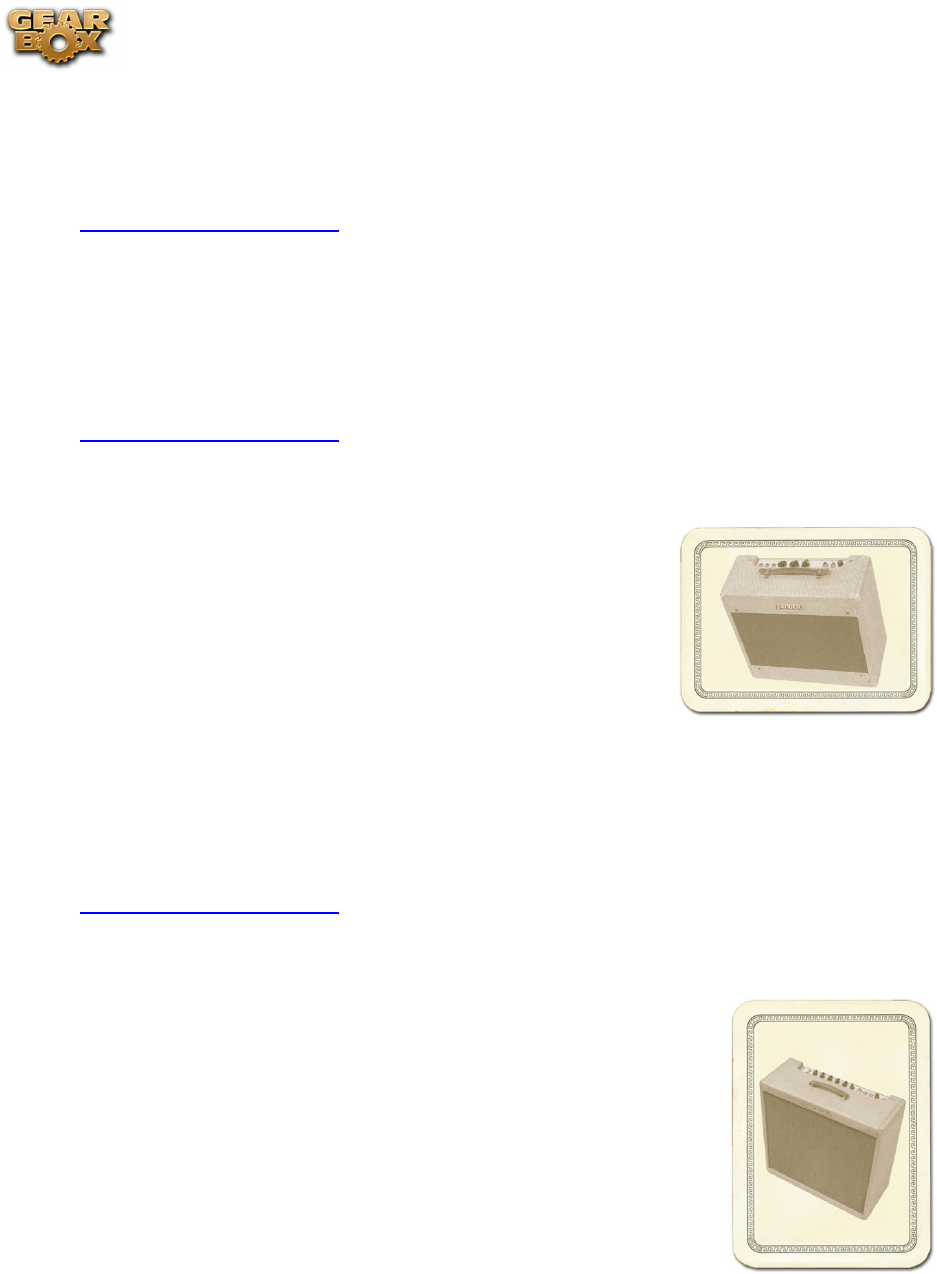
Line 6 GearBox 3.7 – Model Gallery
8•4
Line 6 Spinal Puppet
You know how, when you’re playing head-bangin’ music, you look out into the audience and see all
those heads bobbing up and down? Those are Spinal Puppets. Need we say more?
p Return to Model Gallery List
Line 6 Treadplate
Looking for tight, high gain tone? The kind of sound that powers classic Metallica or Dream Theater
tracks? Then you’ve come to the right place, my friend. This model lets you dial in plenty of distortion
perfect for chunk-chunk-chunking, and also ready to power some mosh pit punking. Its tone controls
have plenty of range to let you scoop out your mids, or beef up the bottom for just the tone you need.
p Return to Model Gallery List
1953 Small Tweed
Modeled after* a 1953 “wide panel” Fender® Tweed Deluxe Reverb®,
the 1953 Small Tweed Amp Model will snarl with the best of them.
The original amp had only a single tone control, essentially a treble
roll off. We set up the Treble knob to give you this treble roll off when
using this Amp Model, which left us with the Bass and Middle knobs
just sitting there, so we set up the Bass and Middle as post-Amp Model
controls, which essentially lets you EQ up your tone as you would do
on a mixing console after recording your amp. Set the Bass and Middle
knobs at halfway to put them in ‘neutral’, turn the Presence to 0, and try
the Treble knob somewhere above halfway for a classic Tweed sound.
* FENDER® and DELUXE REVERB® are registered trademarks of Fender Musical Instruments
Corporation and are in no way associated or affiliated with Line 6. These product names, descriptions and
images are provided for the sole purpose of identifying the specific products that were studied during Line 6’s
sound model development.
p Return to Model Gallery List
1958 Tweed B-Man
The 1959 Tweed B-Man Model is based on* the classic ‘58 Fender®
Bassman® 4x10 combo, the amp that started it all — instant rock and roll
tone. Originally a bass guitar amp, the Bassman® became a Blues staple for
6-string guitarists. It has the fat bottom end you’d expect from a bass amp,
but also has the Fender® twang on the top. Incidentally, when Jim Marshall
built his first amps with Ken Bran they were heavily influenced by the early
Bassman®.
One of the interesting things about the Bassman® is just how interactive the
Middle and Treble controls are. The Middle control isn’t a bandpass, as in
most tone control setups. Instead, it’s almost like a second treble control. The
two are additive, so if you’re running your Middle knob higher than halfway
up with this model, you’ll find that the Treble control might give you more
bright than you really want. On the other hand, when you turn the Middle knob down, you’ll probably
want to boost the Treble.
The Bassman®, like many of the amps modeled for GearBox, didn’t have a master volume. So to get



